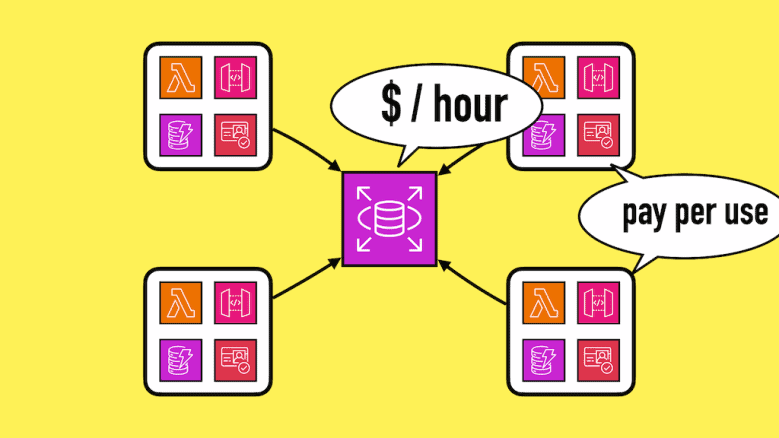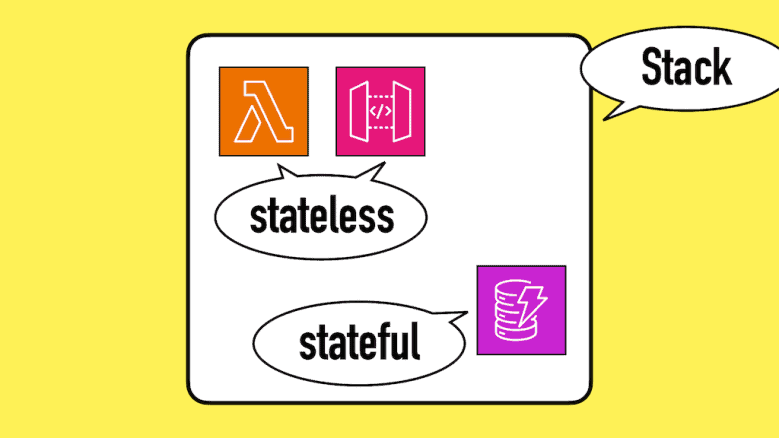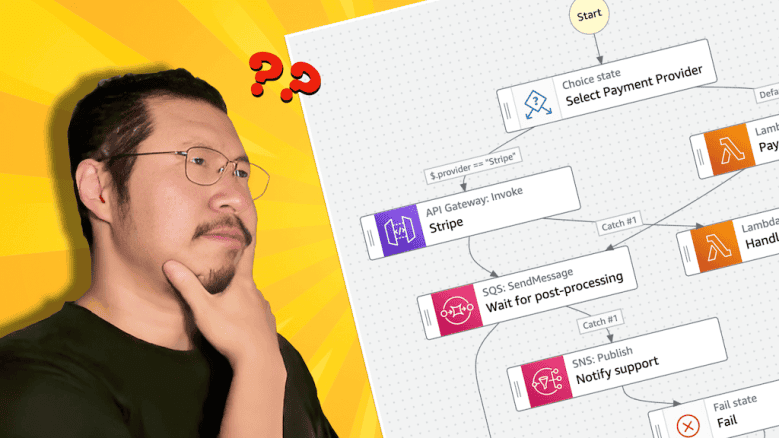The Sky’s the Limit: Debating the Benefits of AWS Spending Restrictions
Yesterday, I posted a tweet with an imaginary conversation that is sadly based on many real conversations I have had. The tweet received some interesting replies, and the point about spending limits came up multiple times. So as a thought experiment, let’s think about the pros and cons of a spending limit and if it …
The Sky’s the Limit: Debating the Benefits of AWS Spending Restrictions Read More »









